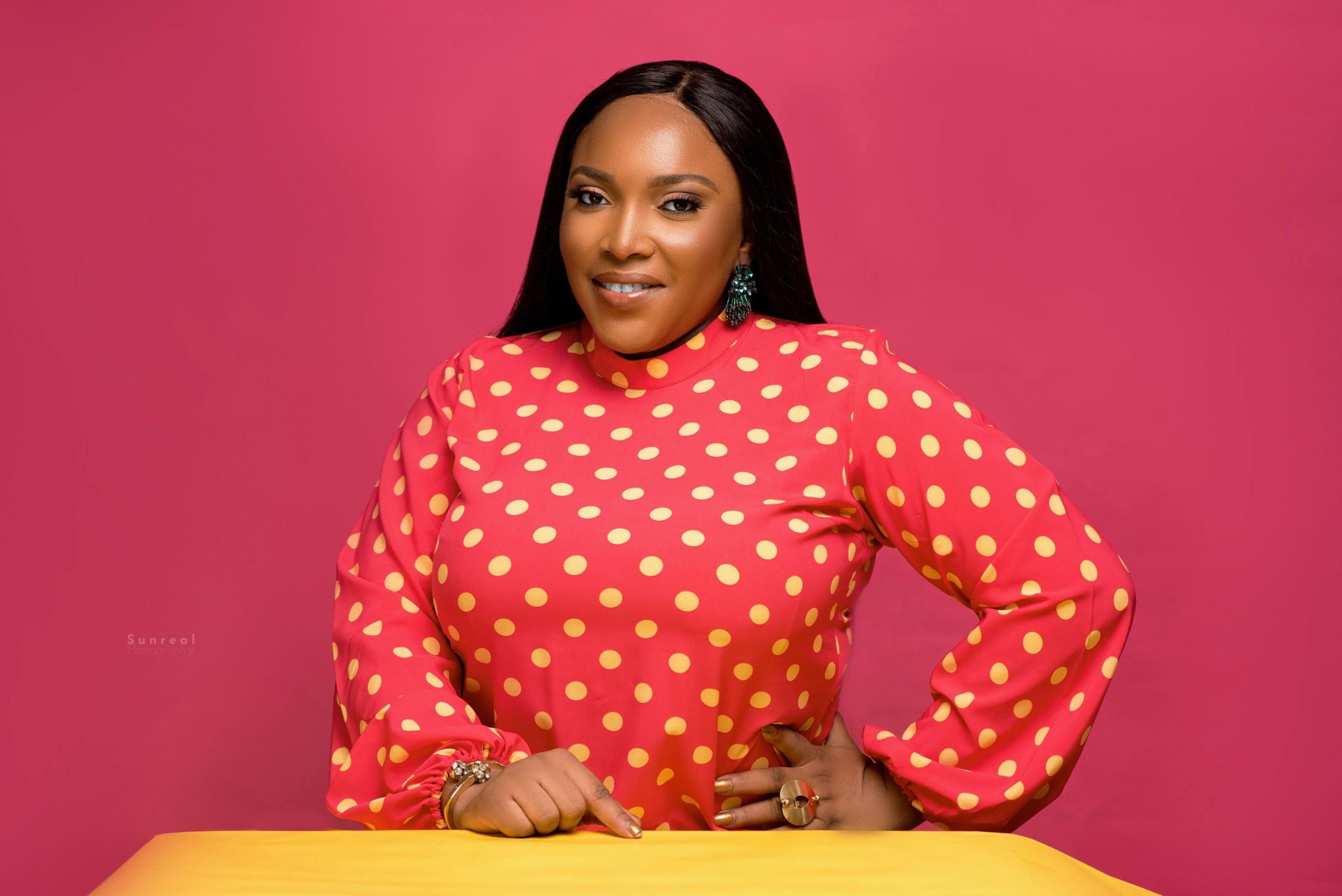On February 1, 2020, fashion enthusiasts woke up to the news of the n event that not only put a lot of jobs at risk but also raised concerns among industry players on how best to position their brands and what to expect in the coming days. Although the acquisition has been said to put at risk, this may just be the beginning of many more job losses due to automation and going digital.
shows that approximately 50% of work activities are automatable and the COVID-19 pandemic just confirmed it with the drastic fall in physical contact during the lockdown.
Nigeria’s billion-dollar fashion industry is not left out. In a conversation with Karen Ubani-Alli, the CEO of a leading corporate wear line in Nigeria, she shares her thoughts on the Topman acquisition and insights on running a thriving fashion business in these times.

On why the acquisition happened, she says:
“Online retailers have a higher prospect than physical brick and mortar stores. This is due to the fact that online retailers are expected to grow multiple times faster than brick-and-mortar stores. Added to the fact that brick-and-mortar stores require a complex set of strategies to remain profitable and grow, the global pandemic has further worsened any chance of growth as the number of shoppers and tourists has dwindled.
On the other hand, digital retailers have enjoyed the data analytics that comes with eCommerce, and have used this and many more strategies to scale. They have also managed to continuously catch the attention of a bored crowd on lockdown, and have translated the same to sales.
All this and many more put them in a position to even grow better when fortified with the strong customer base, enjoyed by the popular brick and mortar stores, e.g., Debenhams and Topshop.”
In the Business of Fashion and Mckinsey & Co. predicted that there will be a whopping 700% digital escalation in the fashion industry.
In Karen’s experience,
“At the peak of the lockdown in 2020, physical store sales came to halt. In April, 100% of our sales were online, and shoppers were willing to wait to get their items after the lockdown. As the lockdown eased up later in the year, in-store sales picked up, but the ratio is still about 85% for online sales VS 15% for in-store sales.”
The changes that have occurred in the fashion landscape also affected the type of outfits that have sold during this period. For Karen Ubani Apparel, workwear sales dropped due to an increase in remote working arrangements, and demand for more comfortable clothing became the order of the day. Fortunately, they were able to remain on top of the game.
“We responded very quickly and ensured that we felt the pulse of our customers at each point. However, demand for workwear had begun to rise again in 2021.”
While it may be difficult to determine what to expect in the industry as a fashion producer, being customer-centric, resilient, and agile is key. Just like Karen, you need to produce what customers are demanding. If this decision is too hard, find the intersection between your brand identity and your customers’ demands.
Just like the COVID-19 pandemic, many disruptions do not send warnings, your business needs to quickly adapt to disruptions while maintaining continuous business operations and safeguarding people, assets, and overall brand equity.
Source: BellaNaija




0 comments: